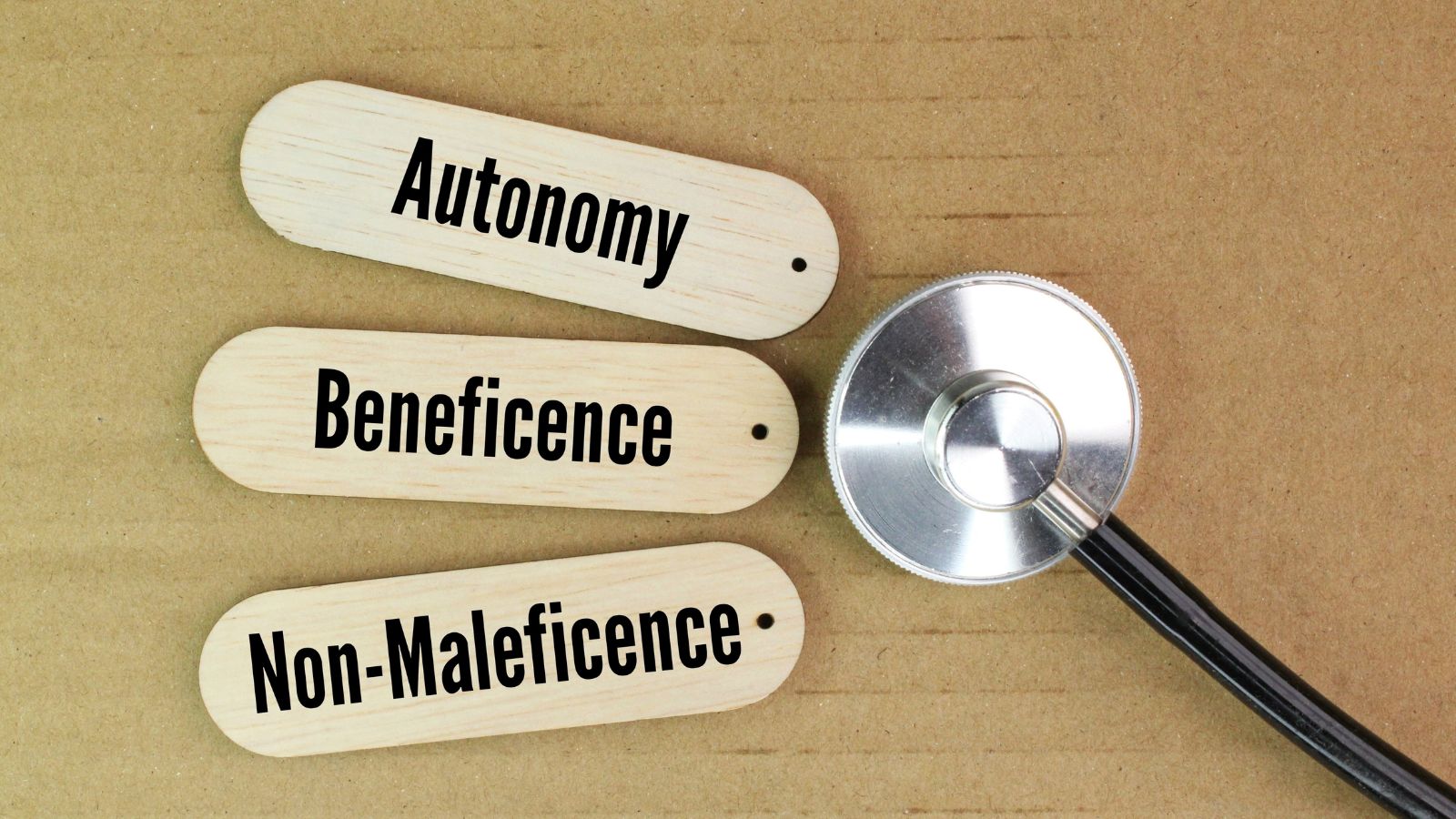Healthcare remains one of the most complex and controversial issues in the United States. As Americans continue to navigate rising costs, inconsistent access, and medical debt, many can’t help but glance northward with a mix of curiosity and envy. Canada’s healthcare system, though not without its flaws, is often praised for providing universal coverage, reducing financial stress, and focusing on patient care. Here are 23 compelling reasons why the Canadian model has Americans talking, and sometimes wishing.
Universal Access for All Citizens

Canada’s publicly funded healthcare system guarantees medically necessary care to all citizens and permanent residents. Coverage is not tied to employment or income level, meaning people can access doctors, hospitals, and treatment regardless of their financial situation. This universal access creates a more equitable system where no one is left behind due to their inability to pay.
Free at the Point of Service

In Canada, patients do not pay directly when visiting a doctor or hospital. There are no deductibles, copays, or coinsurance for essential medical services. This financial peace of mind encourages people to seek care early, without hesitation. In contrast, many Americans delay treatment out of fear of out-of-pocket expenses, even when insured.
Lower Overall Healthcare Costs

Despite offering care to all its residents, Canada spends significantly less per capita on healthcare than the U.S. This is largely due to lower administrative costs, simplified billing, and the elimination of for-profit intermediaries in essential services. The result is a more cost-effective system that still produces high-quality care and outcomes.
Affordable Prescription Medications

Canada regulates drug prices through a national review board, ensuring medications remain affordable. The government’s ability to negotiate prices and buy in bulk keeps costs down for consumers. Canadians often pay far less for common prescriptions like insulin or heart medications compared to their American counterparts, who can face exorbitant monthly bills.
Decisions Driven by Doctors, Not Insurers

In the Canadian system, healthcare decisions are made primarily between patients and their doctors. There are no insurance companies denying treatments or requiring prior authorization for routine care. This direct doctor-patient relationship fosters trust and ensures clinical decisions are based on what’s best for the individual, not an insurer’s bottom line.
No Job-Linked Insurance Anxiety

Health coverage in Canada is not tied to employment. People do not lose their insurance when they lose a job or switch careers. This independence from employers gives Canadians more freedom in the labor market, allowing them to explore new opportunities without the fear of being uninsured.
Expanding Mental Health Support

Mental health services are becoming more integrated into Canada’s healthcare model, with provinces increasingly covering therapy, psychiatric care, and addiction treatment. This expanded access reflects a growing recognition that mental health is as important as physical health, helping to reduce stigma and ensure comprehensive care for all.
Emphasis on Preventative Care

Canada places a strong emphasis on preventive medicine. Routine screenings, vaccinations, and regular check-ups are widely available and encouraged. By catching conditions early, the system reduces the burden on emergency departments and improves long-term outcomes, ultimately saving money and lives.
No Medical Bankruptcy

Medical debt is nearly unheard of in Canada. Citizens don’t face catastrophic bills from unexpected hospital stays or chronic illness management. This financial protection creates peace of mind and ensures people can prioritize recovery rather than worrying about losing their homes or going bankrupt from healthcare expenses.
Guaranteed Emergency Care

Emergency medical services in Canada are always available and free to use. No one is turned away from hospitals due to lack of insurance or inability to pay. This guarantee ensures that people can seek life-saving care without hesitation or financial panic.
Better Health Outcomes in Key Areas

In many important health metrics, such as life expectancy, infant mortality, and chronic disease outcomes, Canada performs better than the United States. These results suggest that a more inclusive and less commercial healthcare model can actually produce healthier populations despite spending less.
Simplified Healthcare Navigation

Canada’s single-payer model reduces administrative complexity. There’s no need to sift through hundreds of insurance plans, check networks, or worry about out-of-pocket limits. Patients simply use their health card to access care, eliminating confusion and helping them focus on their health instead of paperwork.
More Time Spent on Patient Care

Canadian healthcare providers spend less time on administrative tasks and more time with patients. The streamlined billing process and absence of insurance company bureaucracy allow doctors and nurses to dedicate more of their workday to clinical care, improving patient relationships and satisfaction.
Consistent Primary Care Relationships

Because access is not restricted by cost or network, Canadians are more likely to have long-standing relationships with their primary care providers. This continuity results in more personalized care, better management of chronic conditions, and stronger doctor-patient trust over time.
No Incentive for Overtreatment

Canadian hospitals and doctors are not paid based on the quantity of procedures performed, which reduces the incentive to over-treat or over-prescribe. Instead, care is guided by clinical need, leading to more appropriate use of resources and reducing the risk of unnecessary interventions.
Comprehensive End-of-Life Services

Palliative and end-of-life care are included in Canada’s healthcare system. Canadians have access to services that prioritize dignity, comfort, and support during their final stages of life. This compassionate approach helps ease the burden on families and ensures humane treatment during difficult times.
Preserved Physician Autonomy

While publicly funded, Canada’s system allows doctors to operate as private practitioners, preserving their professional independence. Physicians still run their own practices and make medical decisions independently, striking a balance between public funding and private practice freedoms.
Innovative Rural and Remote Access

Canada has developed creative strategies for delivering healthcare to remote and rural populations, including mobile clinics, telemedicine, and community health outreach. These programs help ensure access for northern communities and Indigenous populations who would otherwise face significant barriers to care.
Efforts to Reduce Wait Times

While Canada has faced criticism over wait times for non-emergency procedures, many provinces have introduced centralized waitlists, real-time tracking, and triage reforms to improve efficiency. When care is urgent, patients are prioritized, and the system continues to evolve to address this concern.
Focus on Health Equity

Canada’s healthcare philosophy places a strong emphasis on equity. Programs are specifically designed to address disparities among Indigenous communities, newcomers, and low-income families. This focus on fairness helps ensure that all Canadians receive the care they need, regardless of background or circumstance.
Socially Conscious Medical Training

Medical education in Canada emphasizes public service, community health, and social responsibility. Doctors are trained not just in technical skills, but in compassionate care and the ethical dimensions of healthcare delivery, resulting in a more human-centered approach to medicine.
Policy Flexibility and Innovation

Canada’s federal structure allows provinces to experiment with pilot programs, like dental care expansion or universal pharmacare, without overhauling the entire system. This flexibility allows for gradual reform, local adaptation, and policy testing that leads to more informed, successful national initiatives.
Higher Public Satisfaction

Surveys show that Canadians are generally more satisfied with their healthcare system than Americans are with theirs. While there are always areas to improve, most Canadians take comfort in knowing they are protected from financial devastation by a system that views healthcare as a basic human right.
22 Times Canadian Ingenuity Left the U.S. in the Dust

When people think of innovation, they often picture Silicon Valley. However, Canada has a history of innovation, too. Whether it’s redefining sports, revolutionizing medicine, or just showing America up at its own game, Canadian inventors, thinkers, and dreamers have had their fair share of mic-drop moments. Here are 22 times Canadian ingenuity left the U.S. in the dust.
22 Times Canadian Ingenuity Left the U.S. in the Dust
